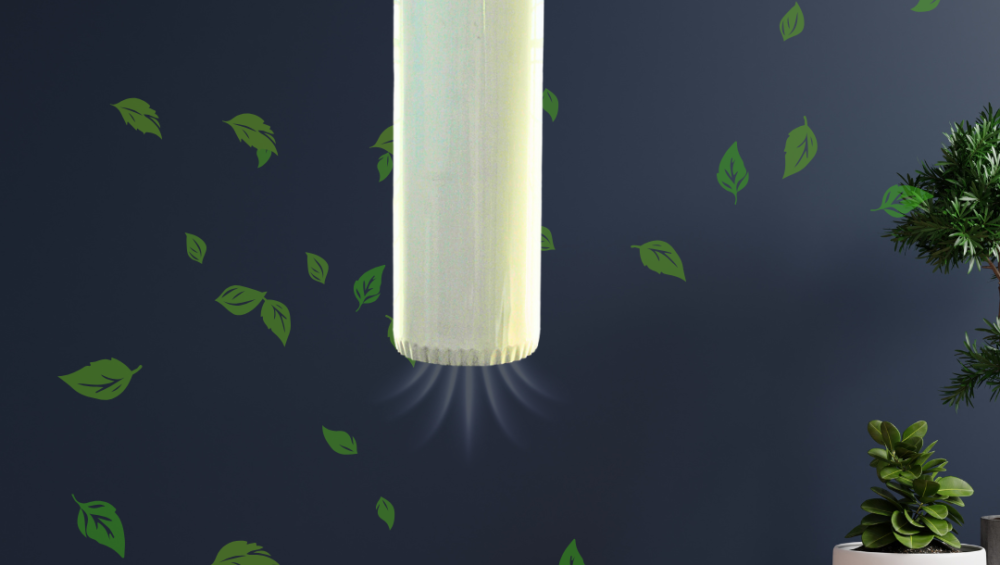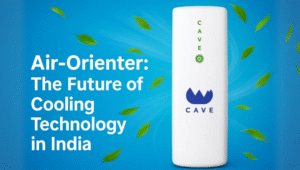As temperatures rise, our reliance on air conditioning (AC) becomes almost second nature. However, this comfort comes with hidden environmental costs that many of us overlook. Let’s delve into how traditional AC systems impact our planet and explore sustainable alternatives that keep us cool without compromising the environment.
The Environmental Toll of Conventional Air Conditioning
High Energy Consumption Air conditioners account for about 12% of electricity usage in U.S. households, leading to significant carbon dioxide emissions—over 100 million metric tons annually.
Harmful Refrigerants Many AC units use hydrofluorocarbons (HFCs), potent greenhouse gases that contribute to global warming.
Urban Heat Islands Excessive use of air conditioning can exacerbate the urban heat island effect, making cities warmer and increasing the demand for cooling.
Embracing Eco-Friendly Cooling Solutions
Transitioning to sustainable cooling methods is not only beneficial for the environment but can also lead to cost savings and improved health. Here are some eco-friendly alternatives:
Passive Cooling Techniques
Green Roofs and Walls Installing vegetation on roofs and walls can naturally cool buildings by absorbing heat and providing insulation.
Solar Chimneys These structures enhance natural ventilation by using solar energy to create airflow, reducing the need for mechanical cooling.
Energy-Efficient Technologies
Geothermal Cooling Utilizing the Earth’s stable underground temperatures to regulate indoor climates offers an efficient cooling solution.
Evaporative Coolers Also known as swamp coolers, these devices use water evaporation to cool air, consuming less energy than traditional AC units.
Innovative Cooling Systems
Thermogalvanic Technology Recent advancements suggest that this technology could lead to more eco-friendly and cost-effective refrigeration methods.
Heat Pumps Serving dual purposes for heating and cooling, heat pumps are more efficient than traditional HVAC systems, especially in moderate climates.
Natural Shading and Ventilation
Urban Tree Planting Trees provide shade and cool the air through transpiration, making them effective natural air conditioners.
Cross-Ventilation Designing spaces to allow wind to flow through can significantly reduce indoor temperatures without mechanical assistance
Making the Transition to Sustainable Cooling
Adopting eco-friendly cooling methods requires a shift in mindset and, in some cases, upfront investment. However, the long-term benefits—reduced energy bills, a smaller carbon footprint, and enhanced comfort—make it a worthwhile endeavor.
Assess Your Current System Evaluate the efficiency of your existing cooling setup and identify areas for improvement.
Incorporate Passive Designs During renovations or new constructions, consider designs that promote natural cooling, such as strategic window placement and the use of reflective materials.
Stay Informed Keep abreast of technological advancements in sustainable cooling to make informed decisions about upgrades and replacements.
What Our Customers Are Saying








